Roger and myself left the Narcissus area and started walking to Pine Valley. The valley us one of the most amazing and beautiful parts of the Cradle Mountain Lake St Clair National Park. It is a very special place. The valley was carved out by glaciers in past ice ages and is now occupied by an incredible range of vegetation. The most common trees are the evergreen beech – Nothofagus cunninghamii. Towering above them are some huge Eucalypts. There are also native pines – King Billy and Celery Top Pines. As well there are the strange looking Pandannis (Richea pandanifolia). Further up the valley is the deciduous beech – Nothofagus gunnii. On the floor are some amazing fungi. The whole valley is surrounded by the rugged peaks of the Du Cane Range. It is one of my favourite places.
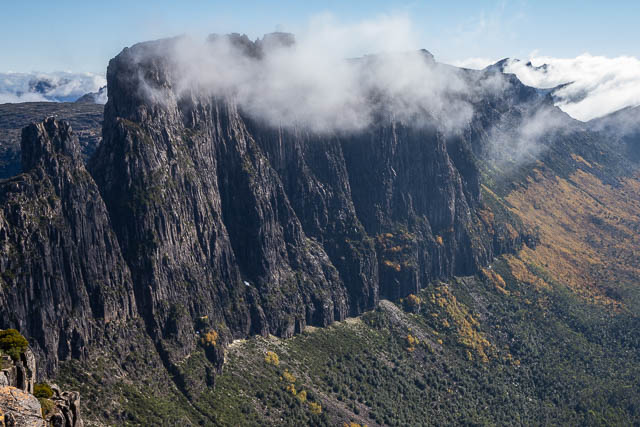
The way to Pine valley involves walking north along the Overland Track for an hour or so, then leaving it on a side track that crosses some buttongrass moors and then passes through forest as you enter the valley. In the centre of the valley in the refuge of Pine Valley Hut. This would be our base for the next few days.
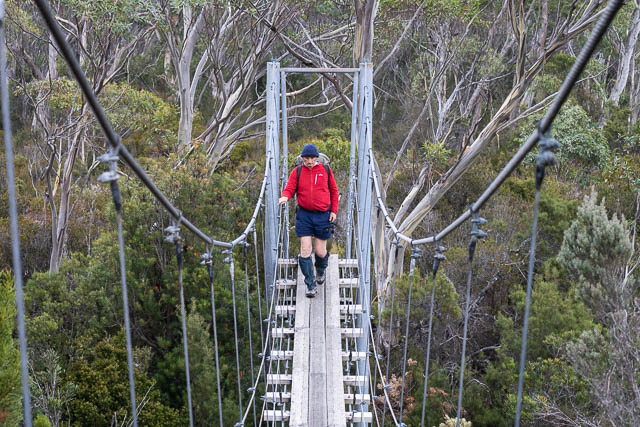
I stopped a few times to photograph some of the fungi along the way.
Grifola colensoi
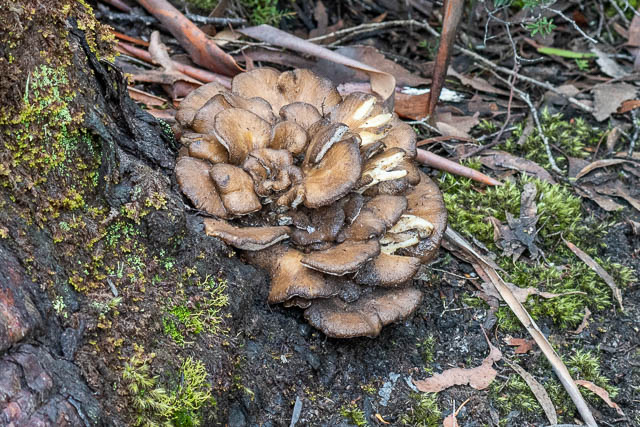
Aleuria aurantia
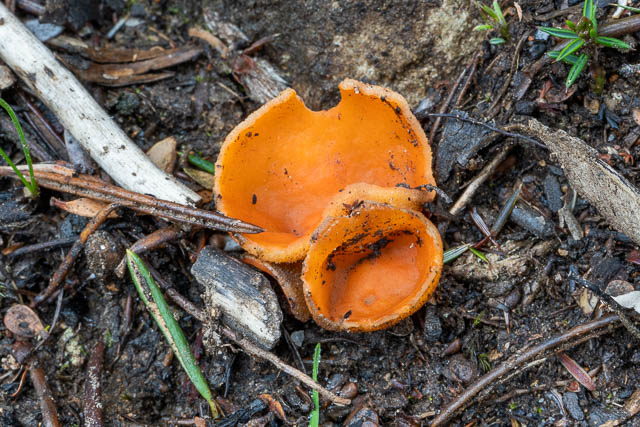
And some Buttongrass –
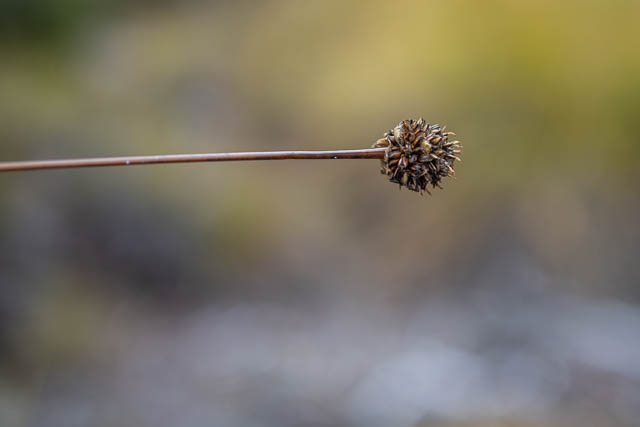
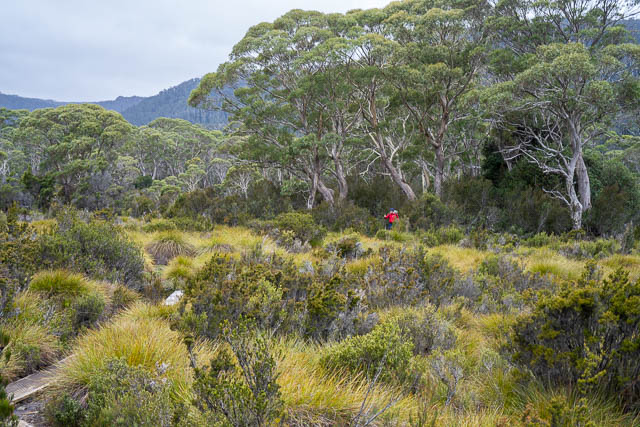
Here are some Pandannis –
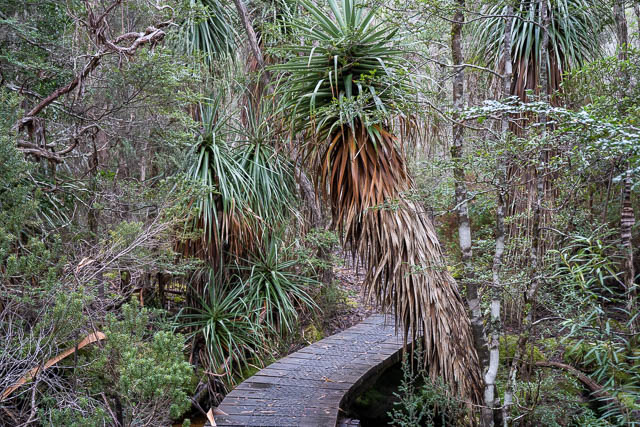
And along this section of track is a single tree of Nothofagus gunnii – the so called “fagus” – the native delicious beech endemic to Tasmania.
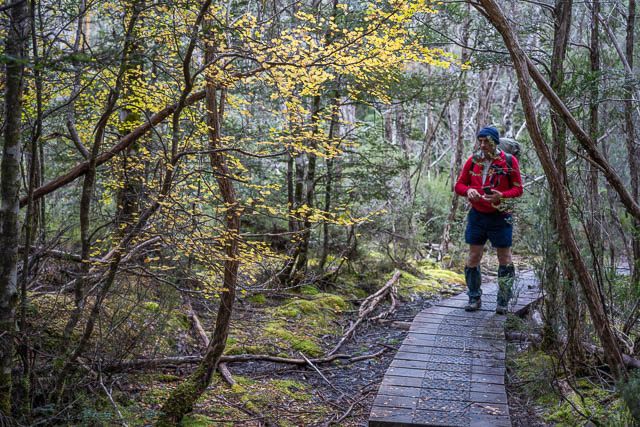
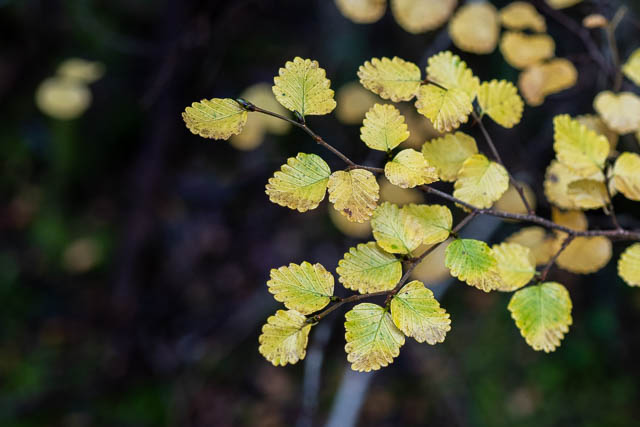
Compare the leaves to the much more common Nothofagus cunninghamii –
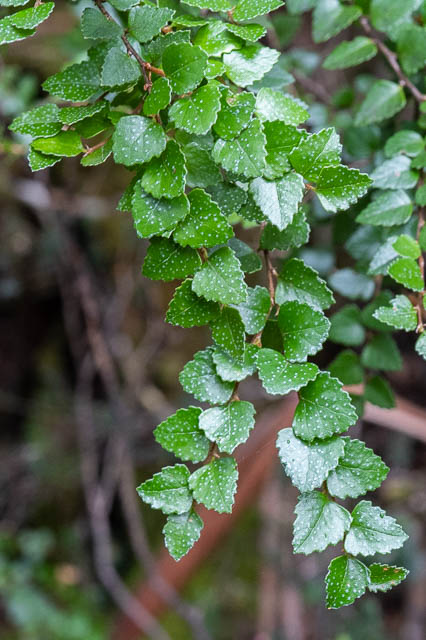
The fagus trees are also much more stunted and twisted compared to the evergreen beech.
In the middle of a sedge land is this nice group of Pandannis –
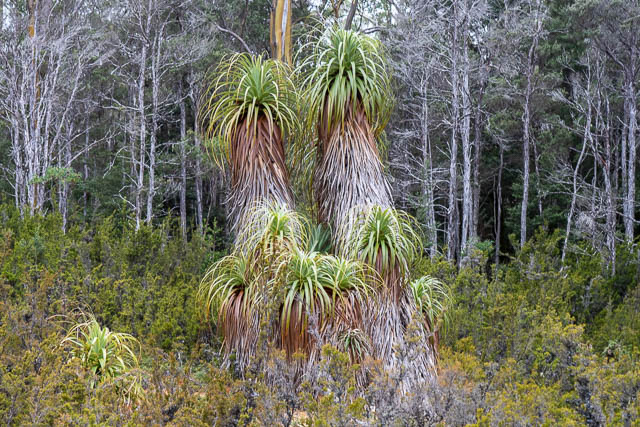
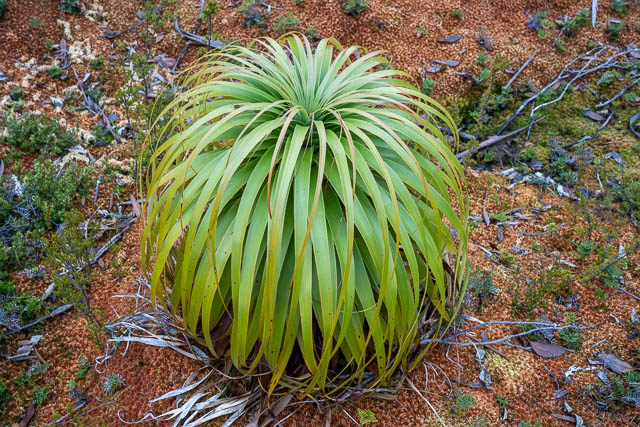
After another suspension bridge over Cephissus Creek the track enters Pine Valley. Here there are some nice Yellow Gums –
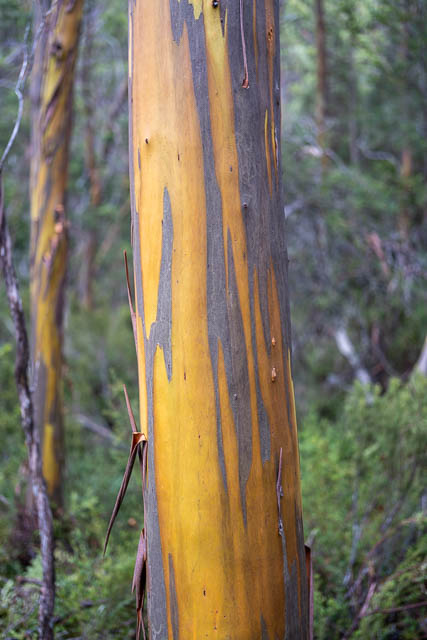
And I found a cluster of Hygrocybe batesii –
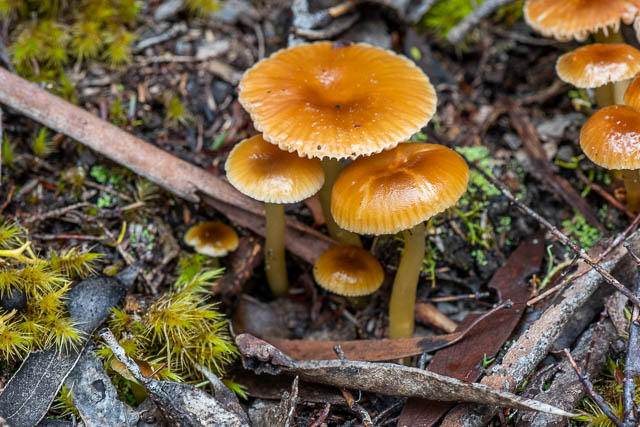
And then into the darker rainforest.
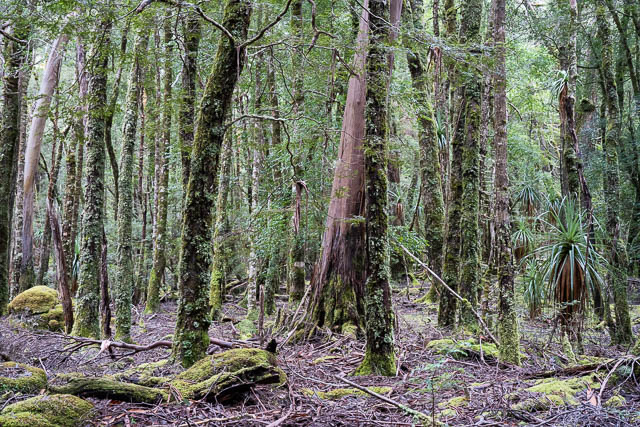
After arriving at Pine Valley Hut, I headed out to look for fungi in the valley above the hut. Here is some I found that afternoon and the next one. First some of the waxcaps.
Gliophorus graminicolor
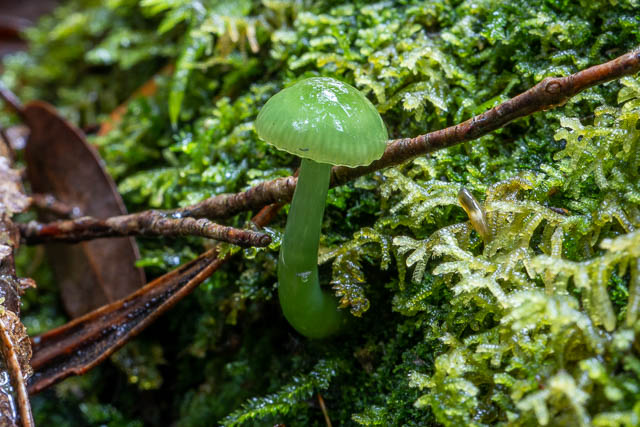
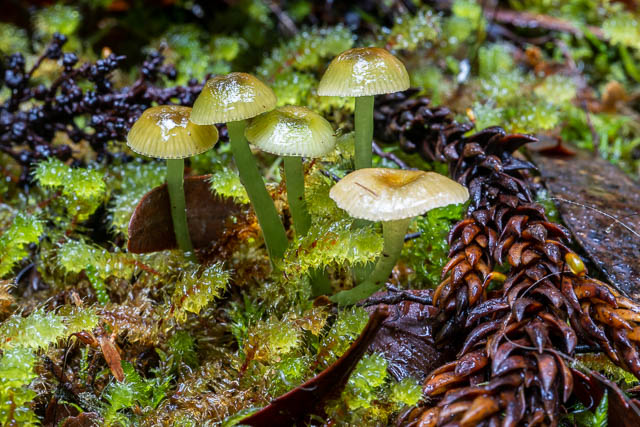
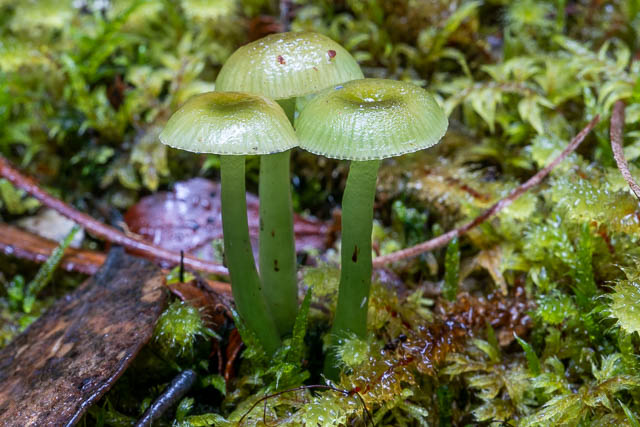
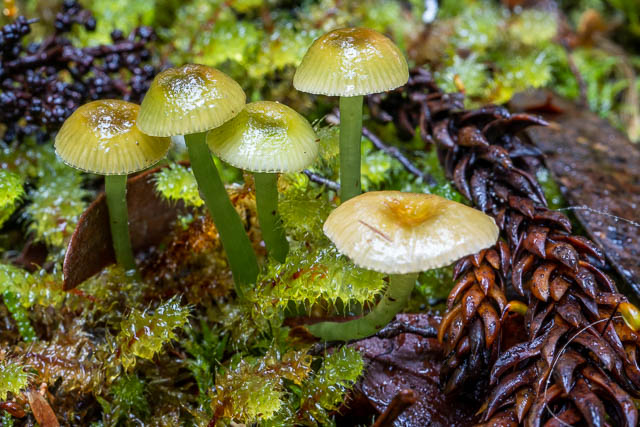
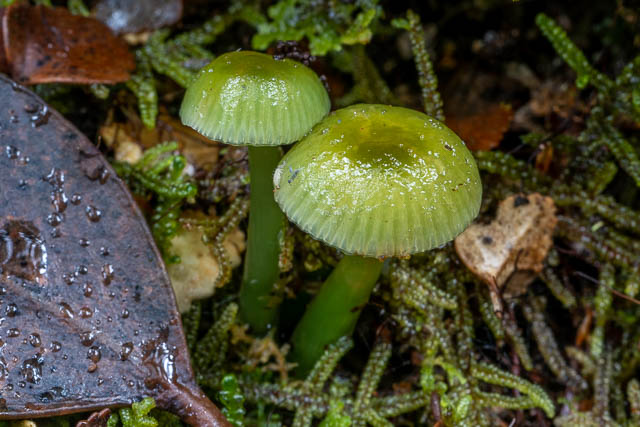
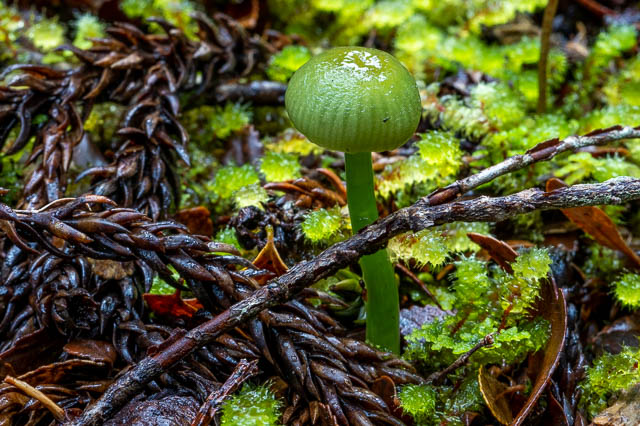
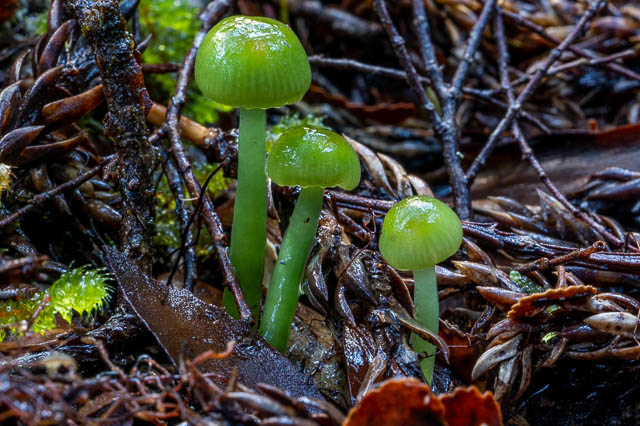
Hygrocybe reesiae
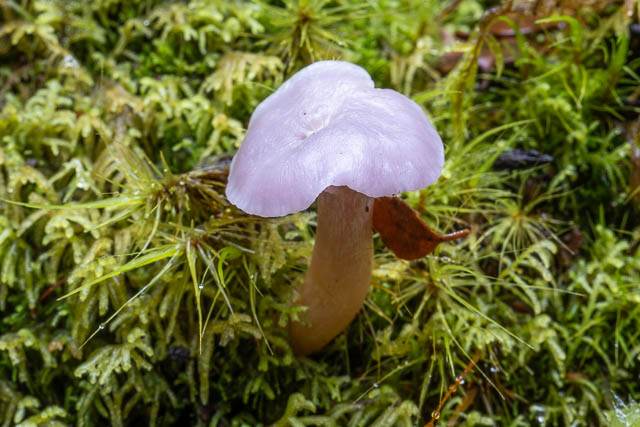
Hygrocybe mavis
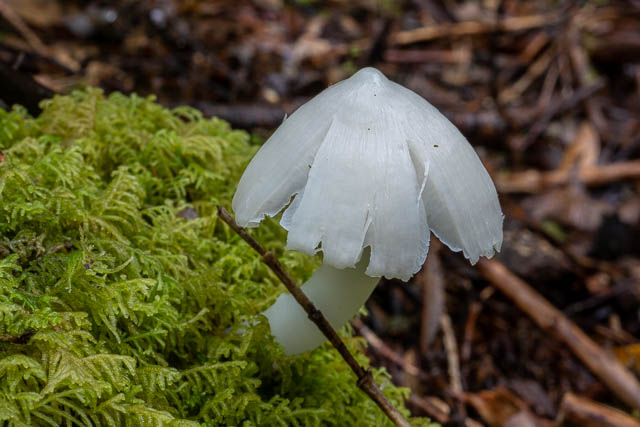
And a lot of red Hygrocybe sp.
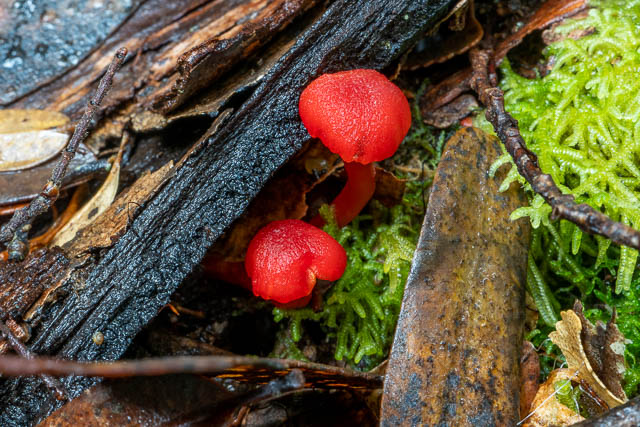
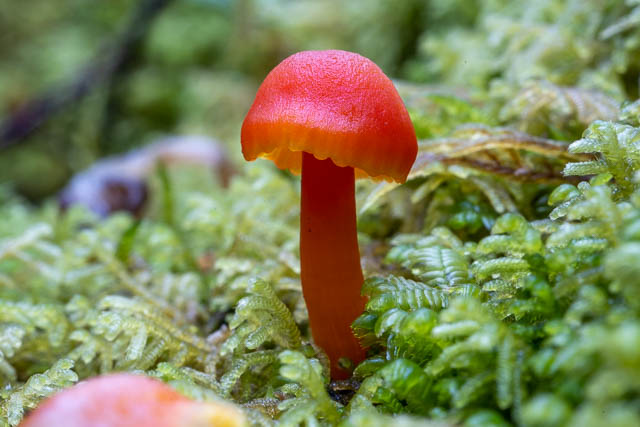
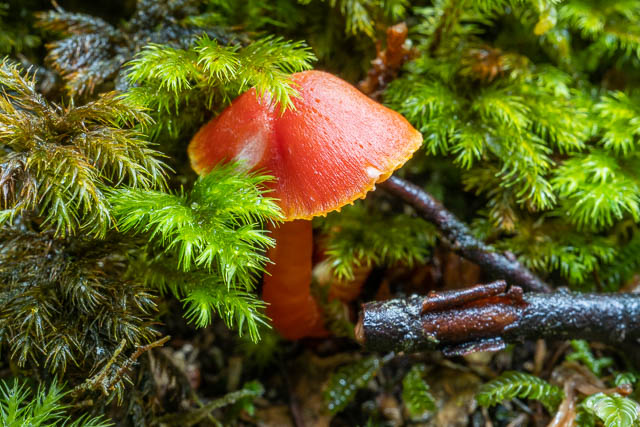
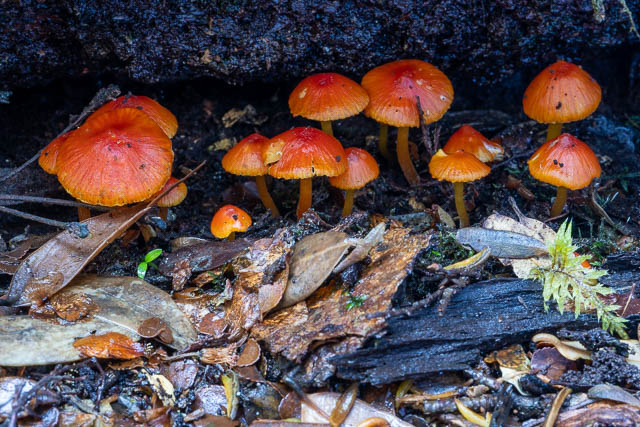
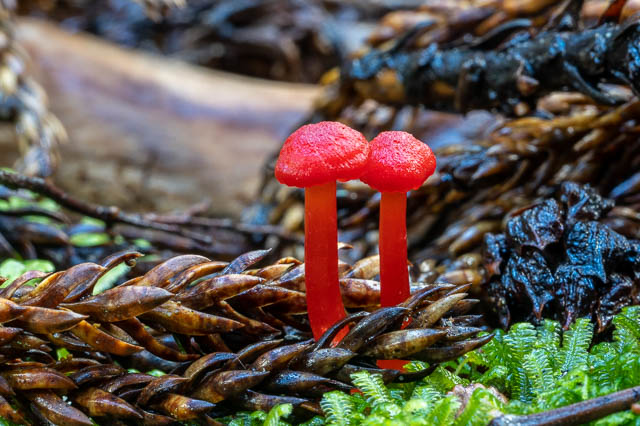
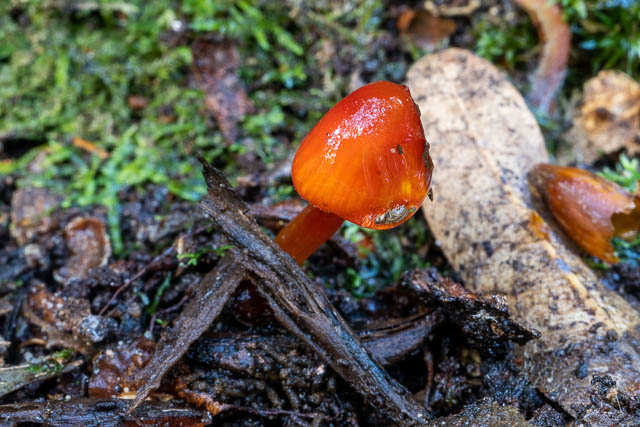
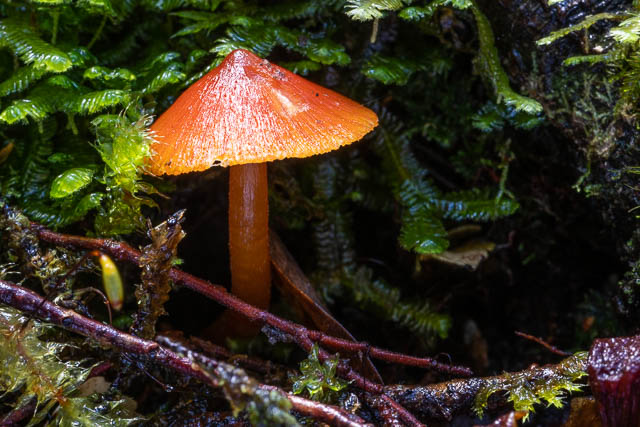
This one is Hygrocybe anomala –
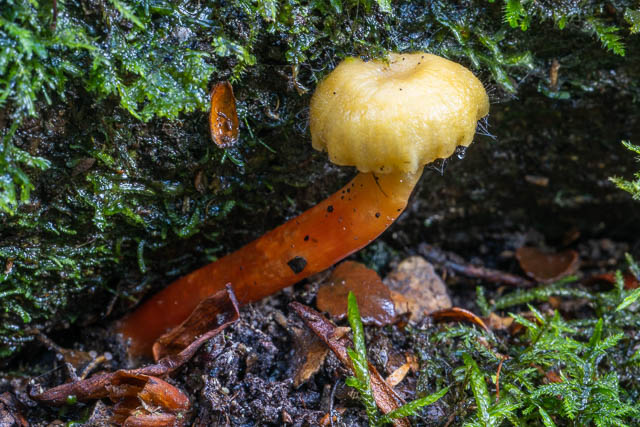
Hygrocybe apricosa
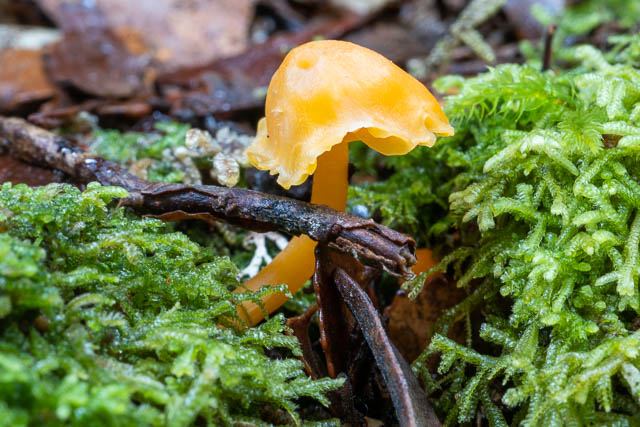
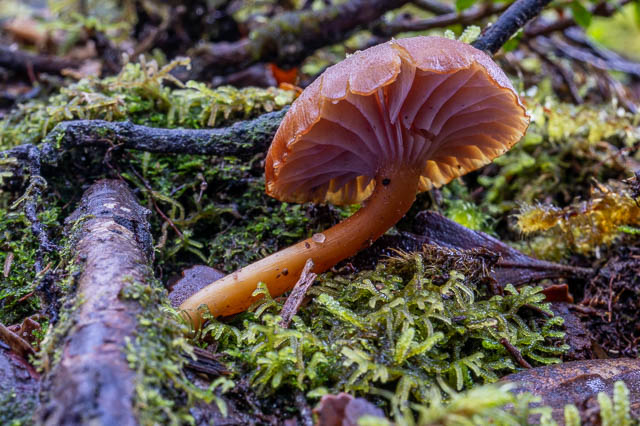
Here are some coral fungi –
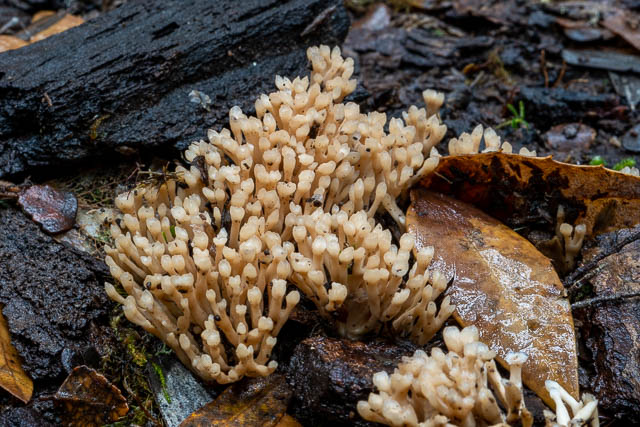
Clavulinopsis sulcata
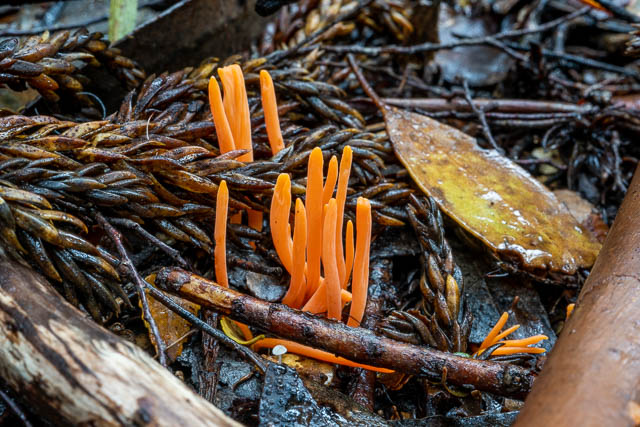
Clavulinopsis fusiformis
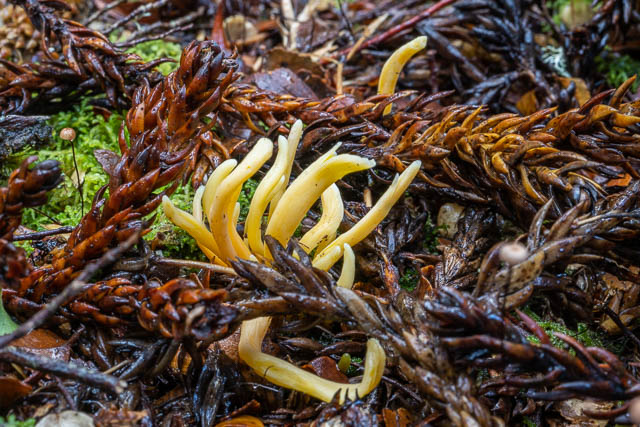
Tremellodendropsis pusio
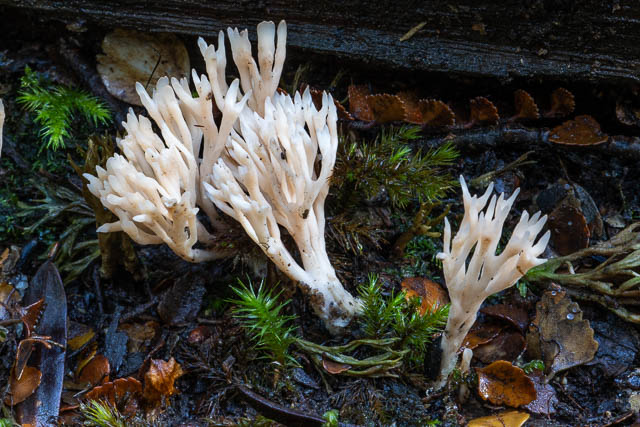
Ramaria sp.
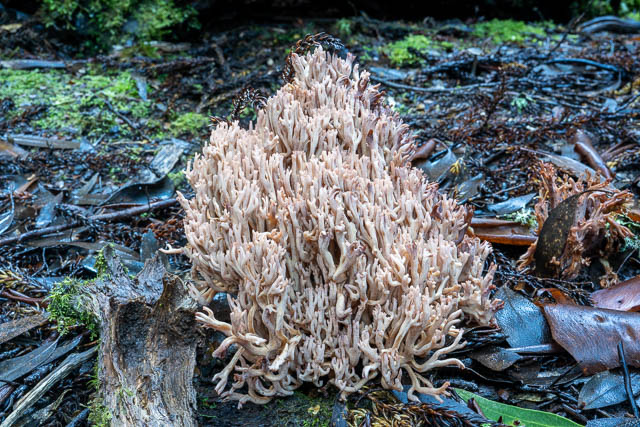
Cortinarius sp.
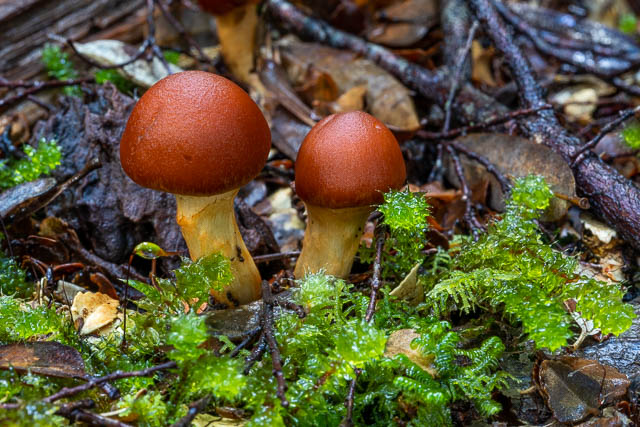
Cortinarius sp.
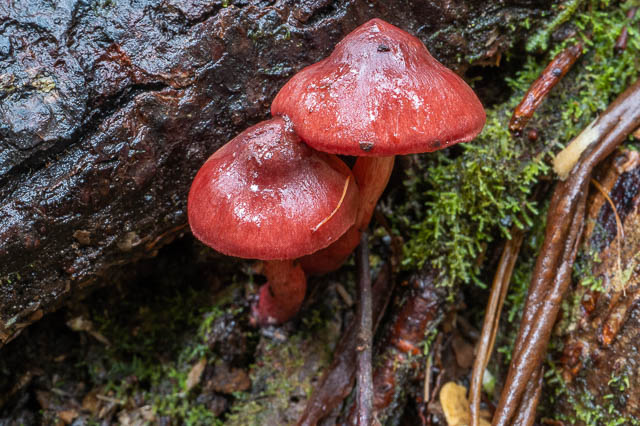
Pholiota sp.
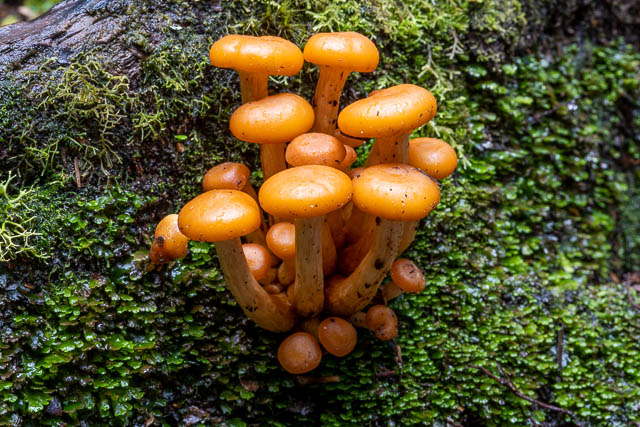
Mycena interrupta
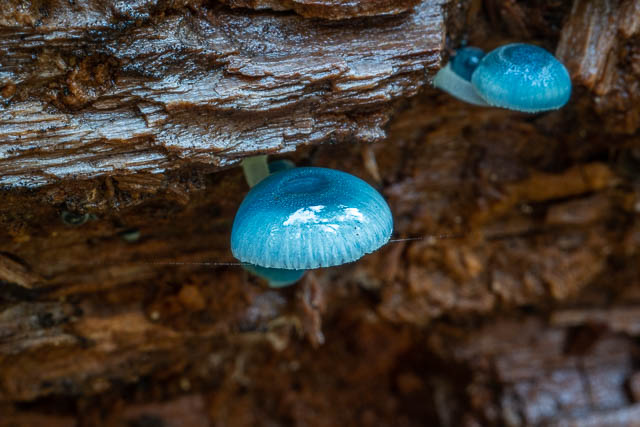
The first evening at Pine Valley was quite wet – there was a fair bit of rain overnight. But the morning heralded a fine day.
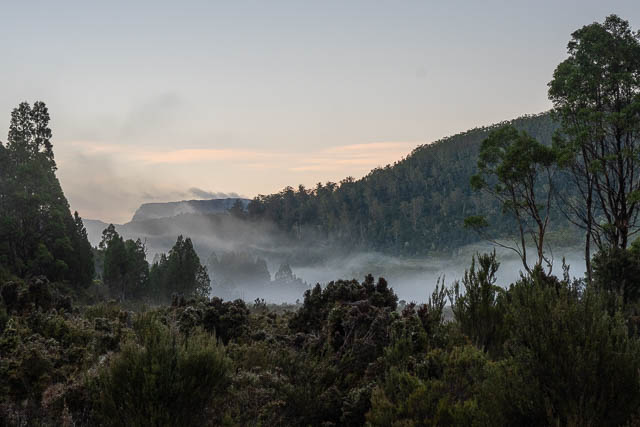
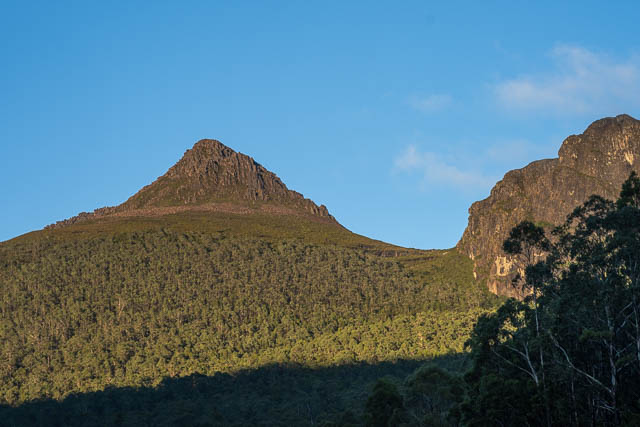
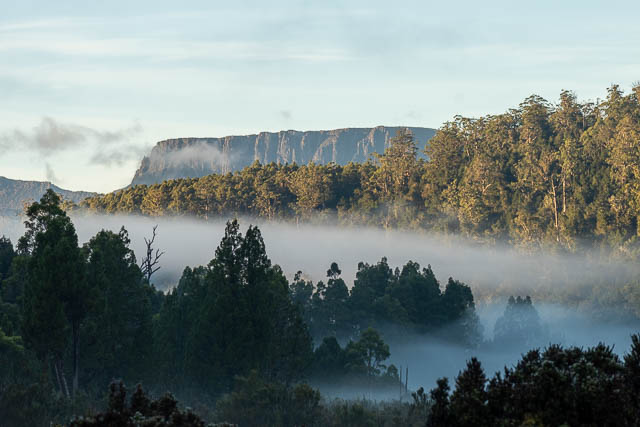
We set off up the track to the Acropolis. This climbs steeply through the rainforest and then through fagus to a flat plateau.
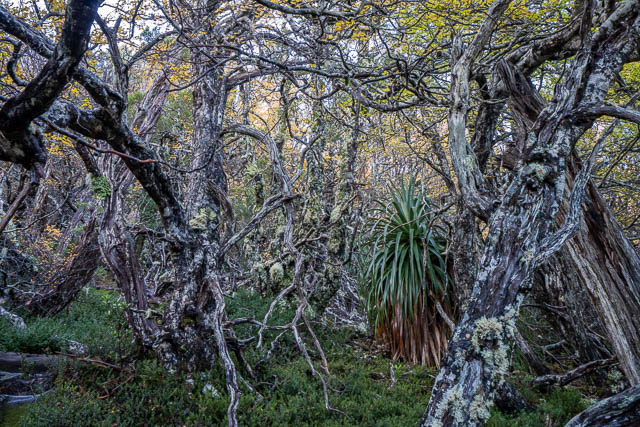
The plateau is a very beautiful place with great views. Further along the headwall of the Acropolis dominates.
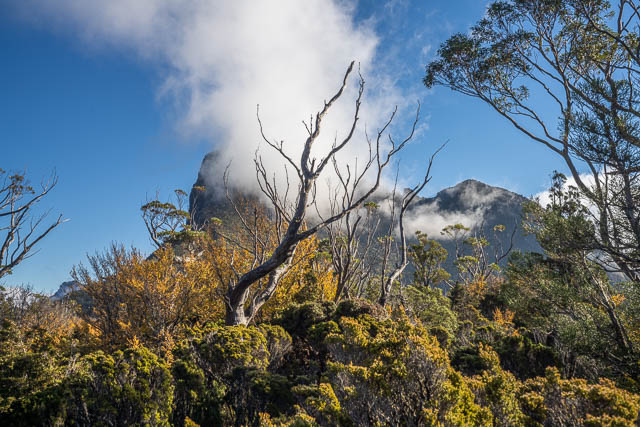
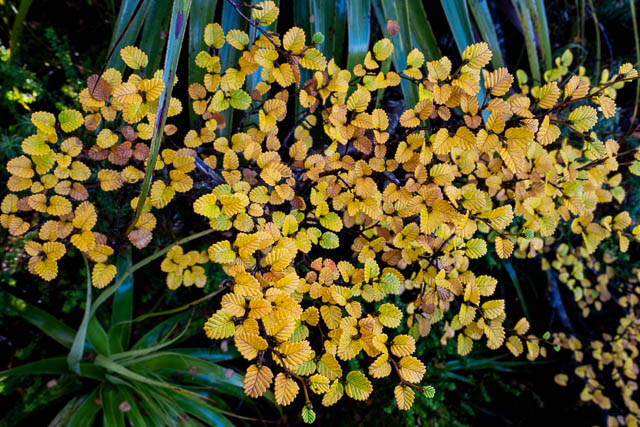
At one point the track passes through an amazing grove of Pandannis.
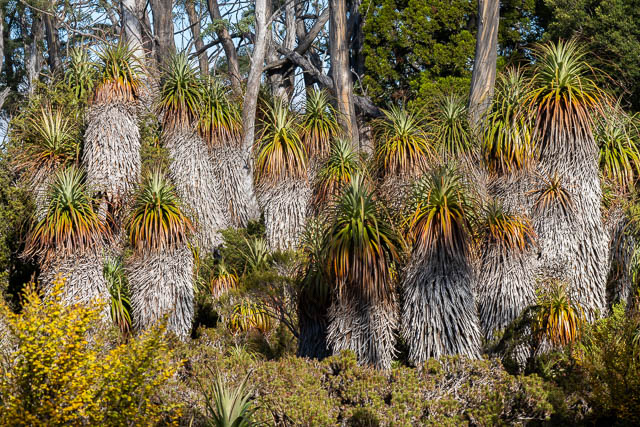
Further up, there is more fagus.
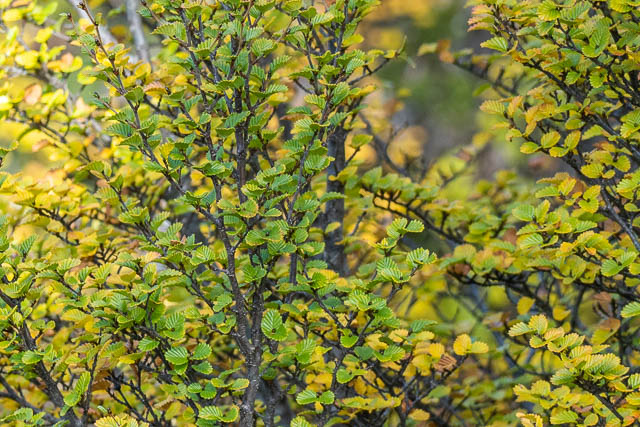
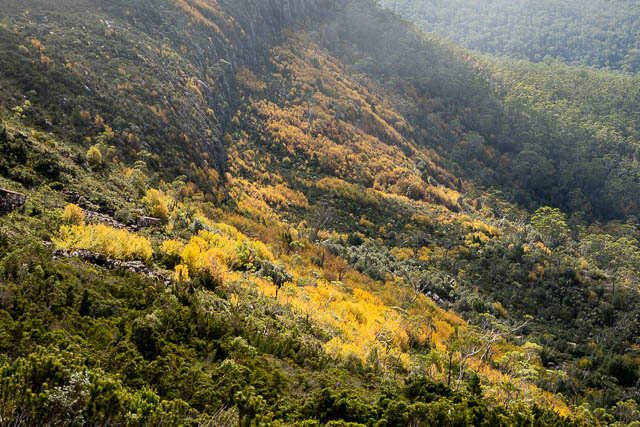
Then the track wanders around the base of the headwall.
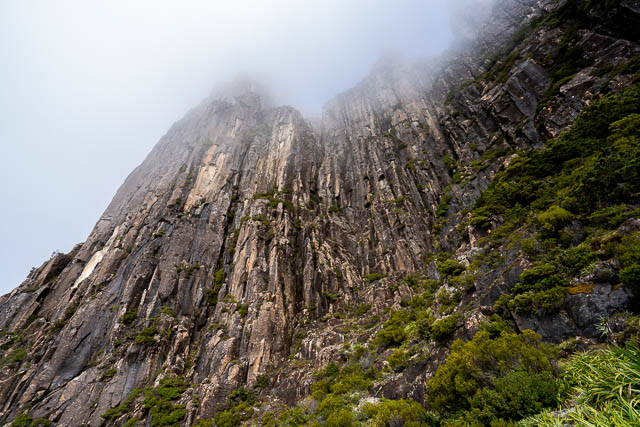
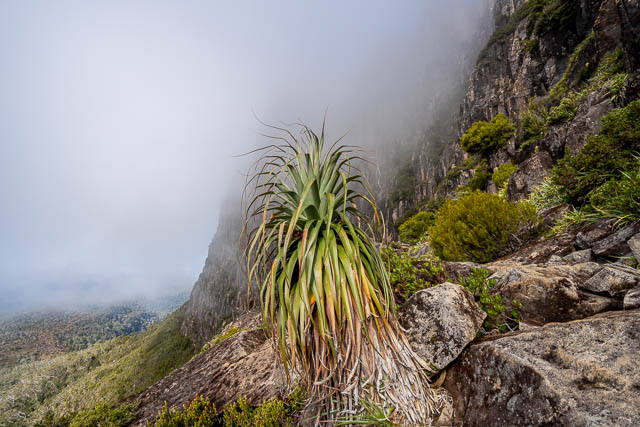
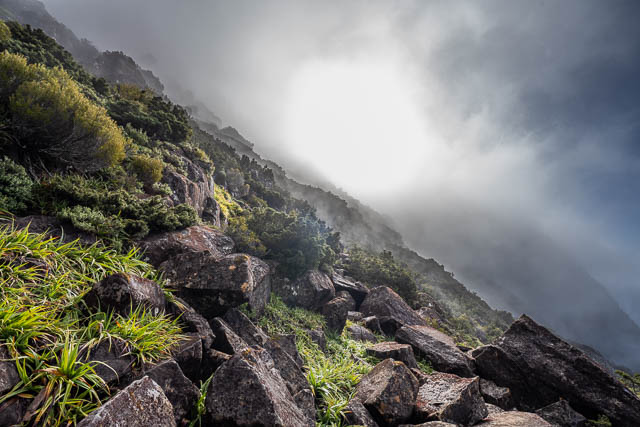
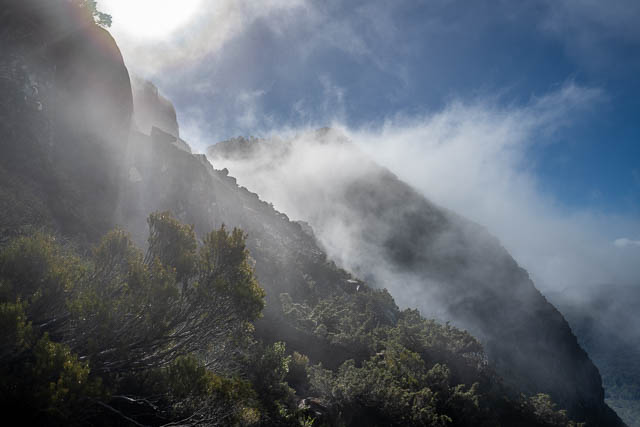
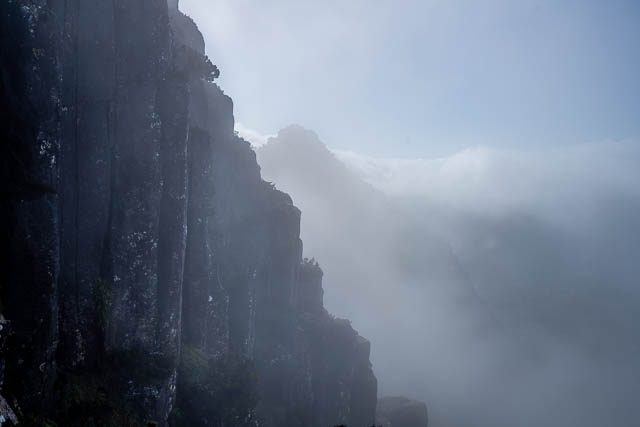
I climbed up through the mist to arrive on the summit plateau.
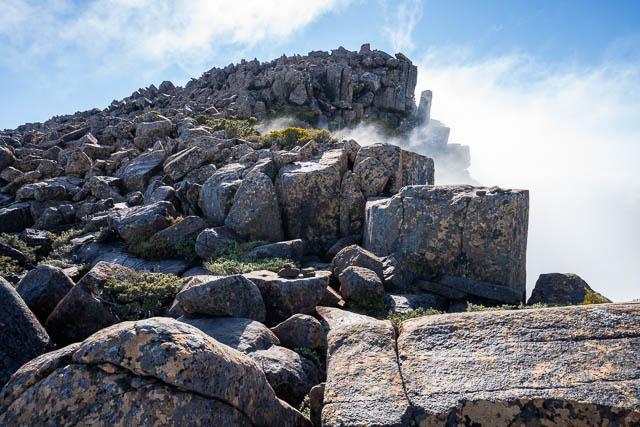
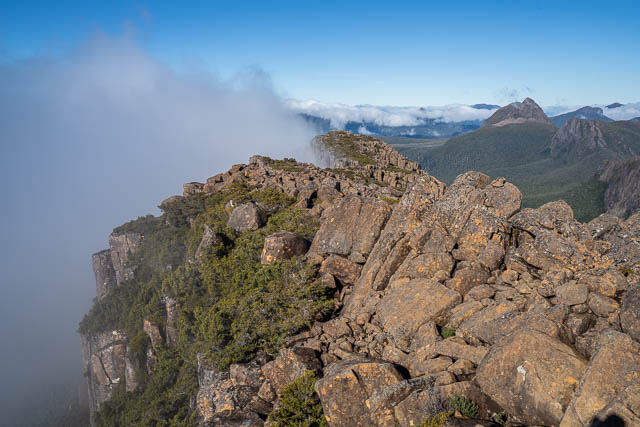
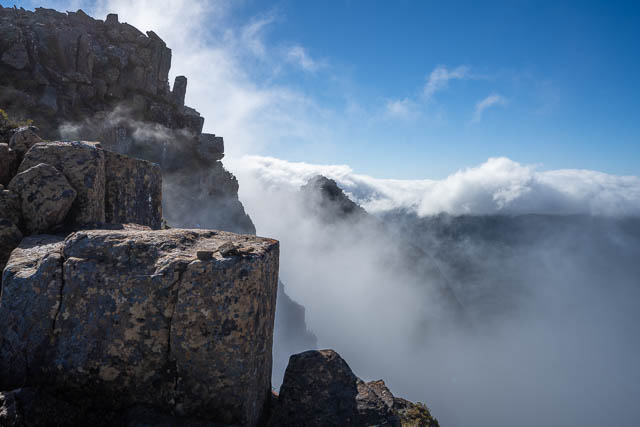
The actual summit of the Acropolis is the first of the pinnacles. It is a scramble to get on top, and I have been up many times before, so didn’t bother this visit. I spent my time watching the swirling mist and taking photos.
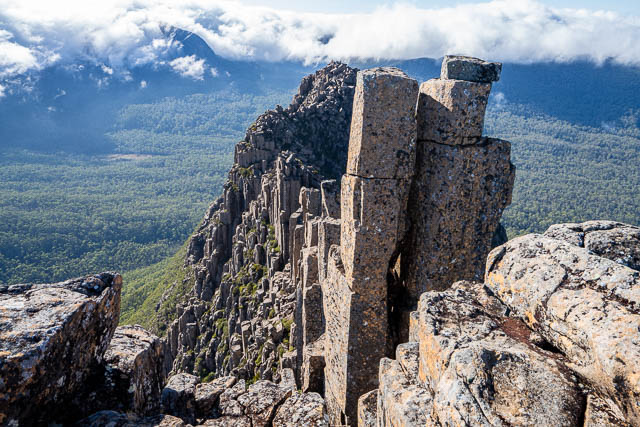
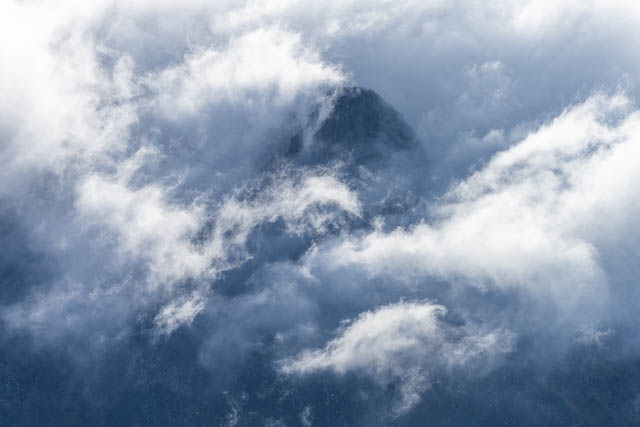
Here you can see Mt Ossa towering behind Big Gun Pass.
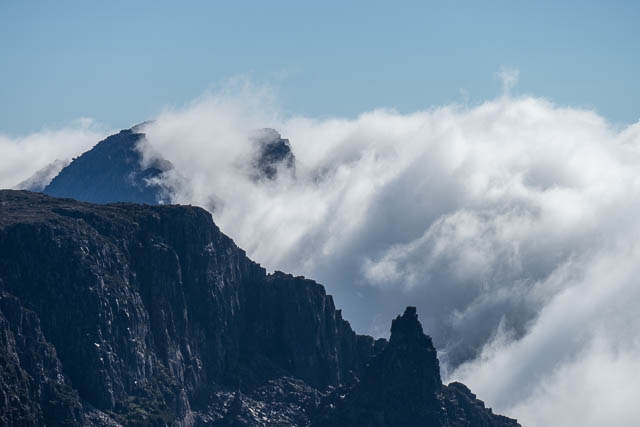
The best peak in the park is the Geryon with its three summits.
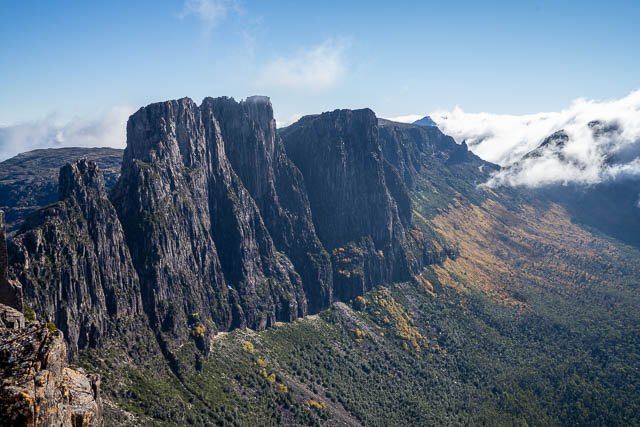
The it was time to head back down.
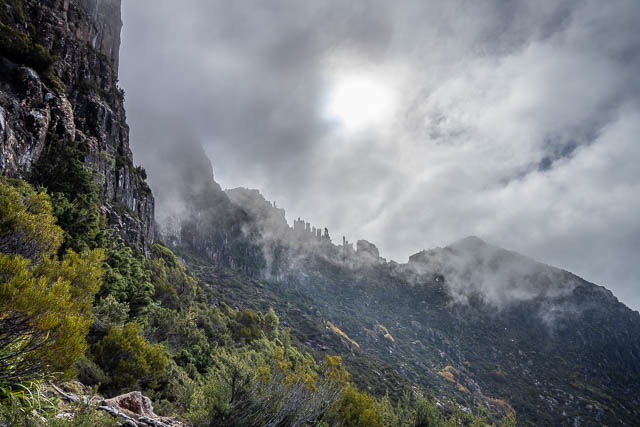
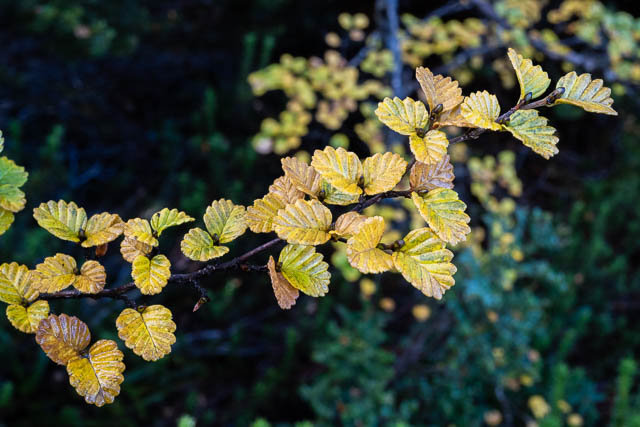
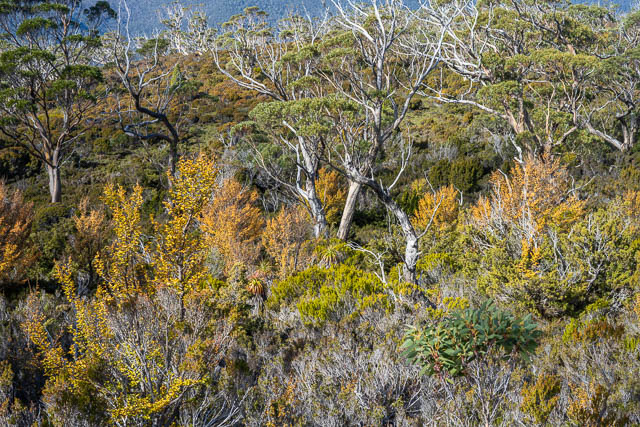
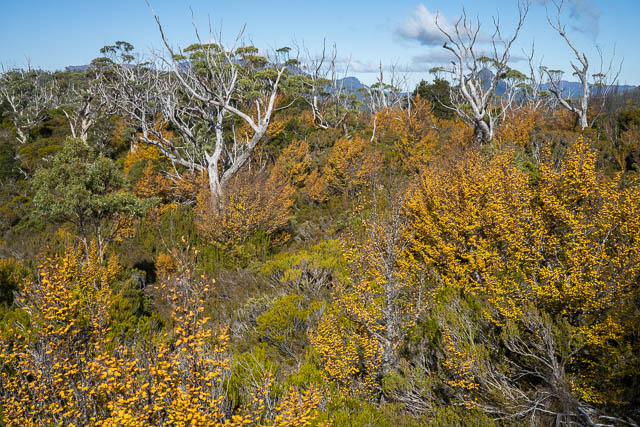
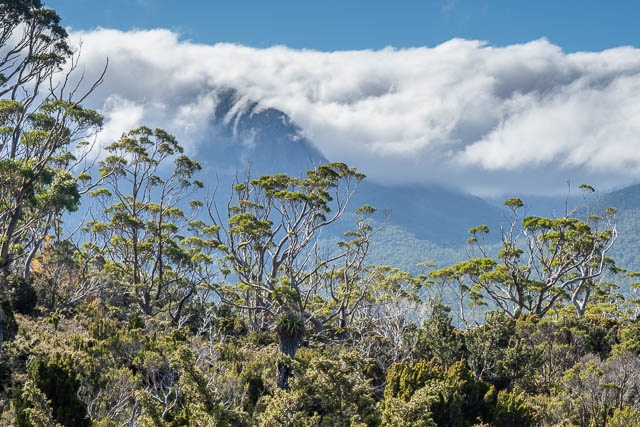
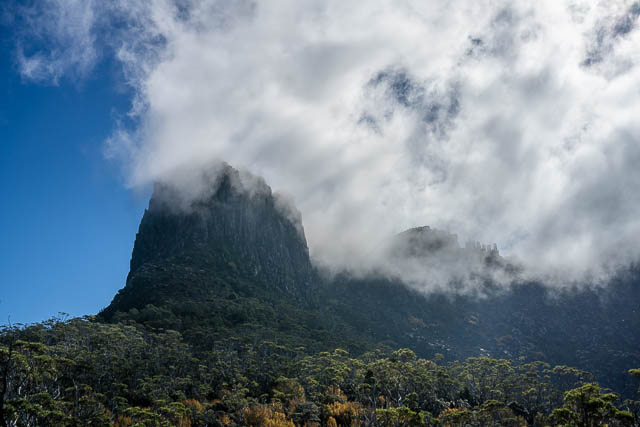
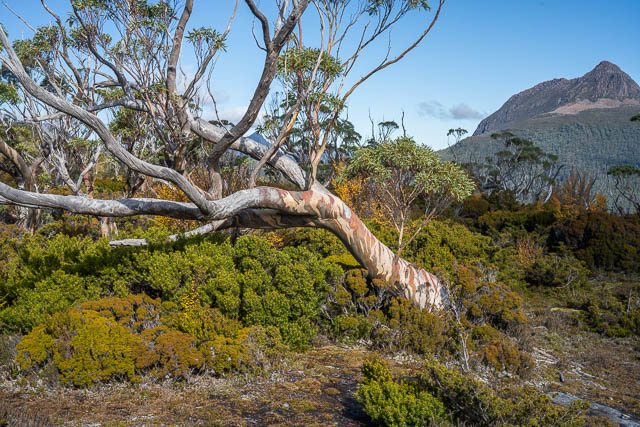
We arrived back at Pine Valley Hut for a late lunch. In the afternoon I headed off to photograph more fungi. I also took a few pictures of Cephissus Creek.
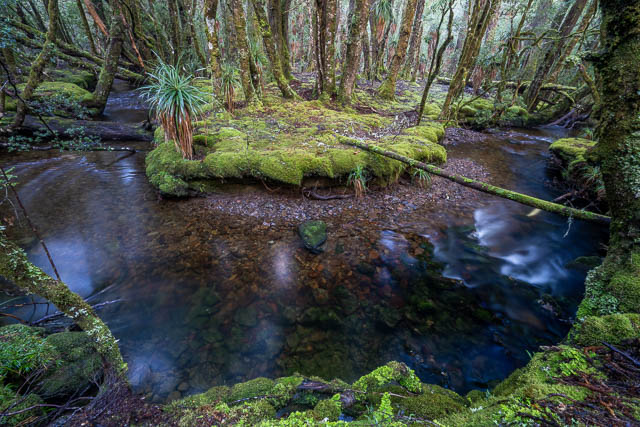
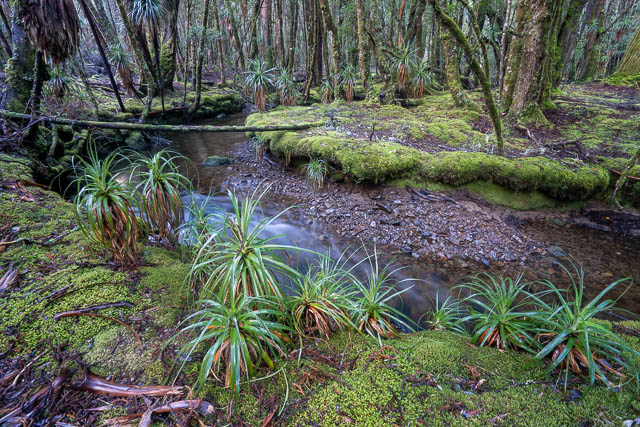
That evening was very clear and the milky way was incredible.
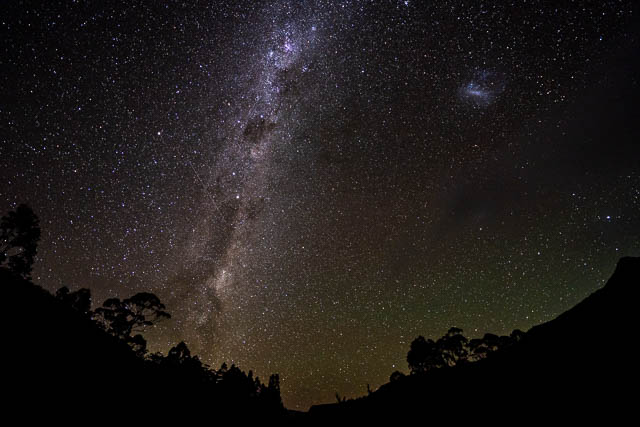
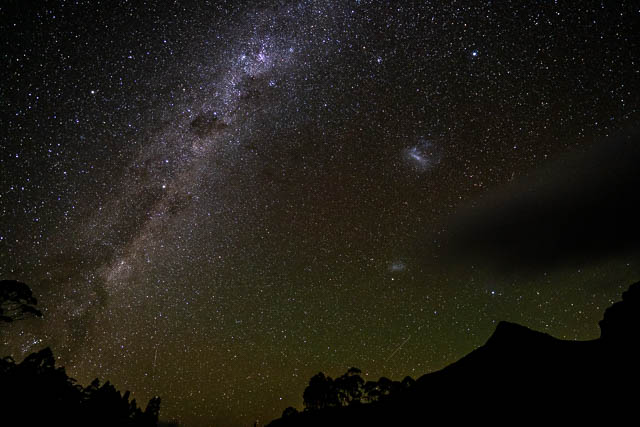
And then another fine day.
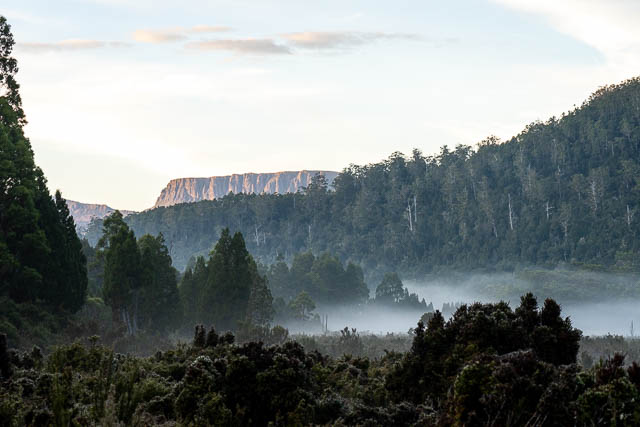
it was time head up to the Labyrinth.
